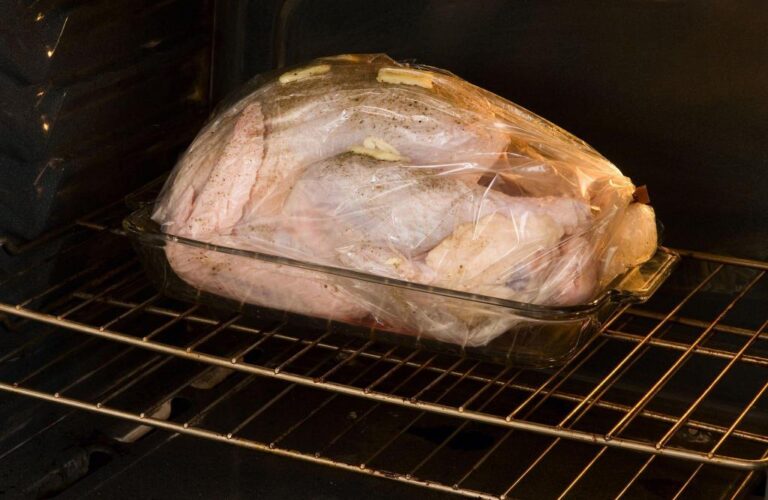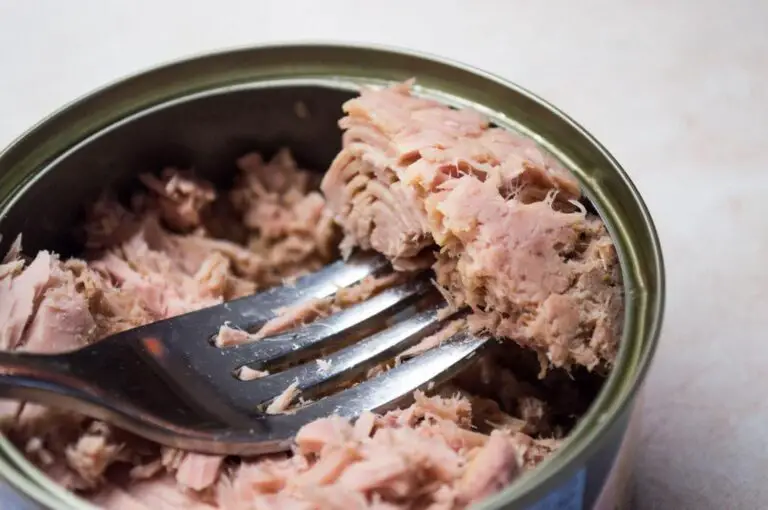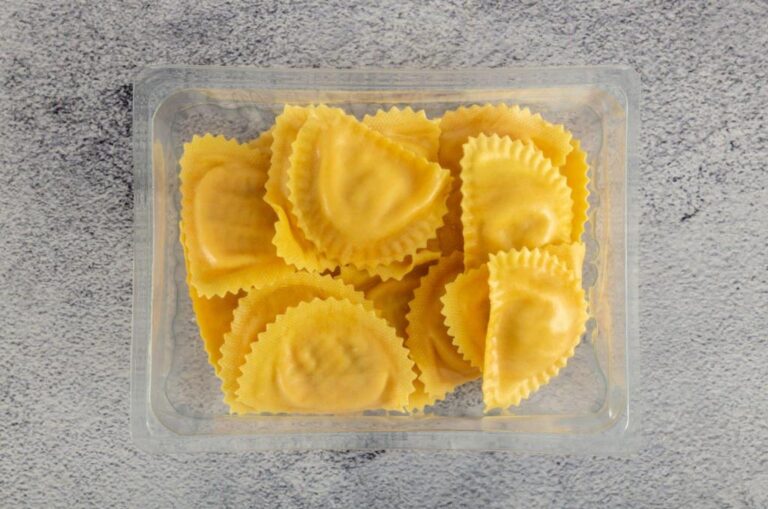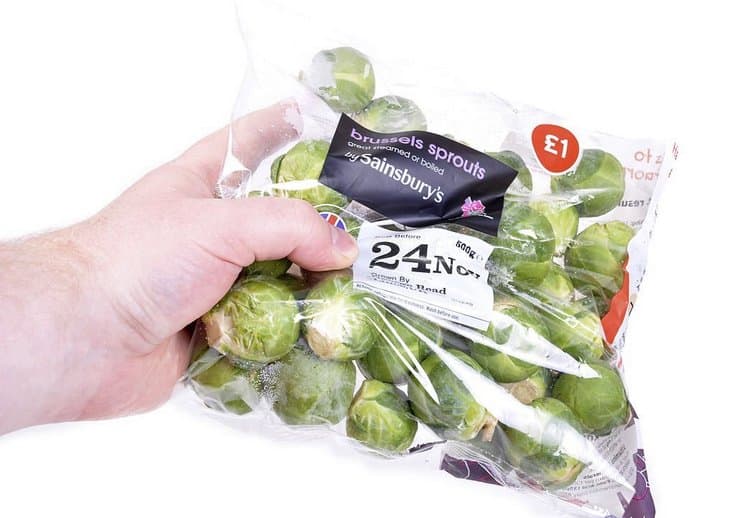If One Raspberry Has Mold, Are the Rest Bad? Can You Still Eat It?
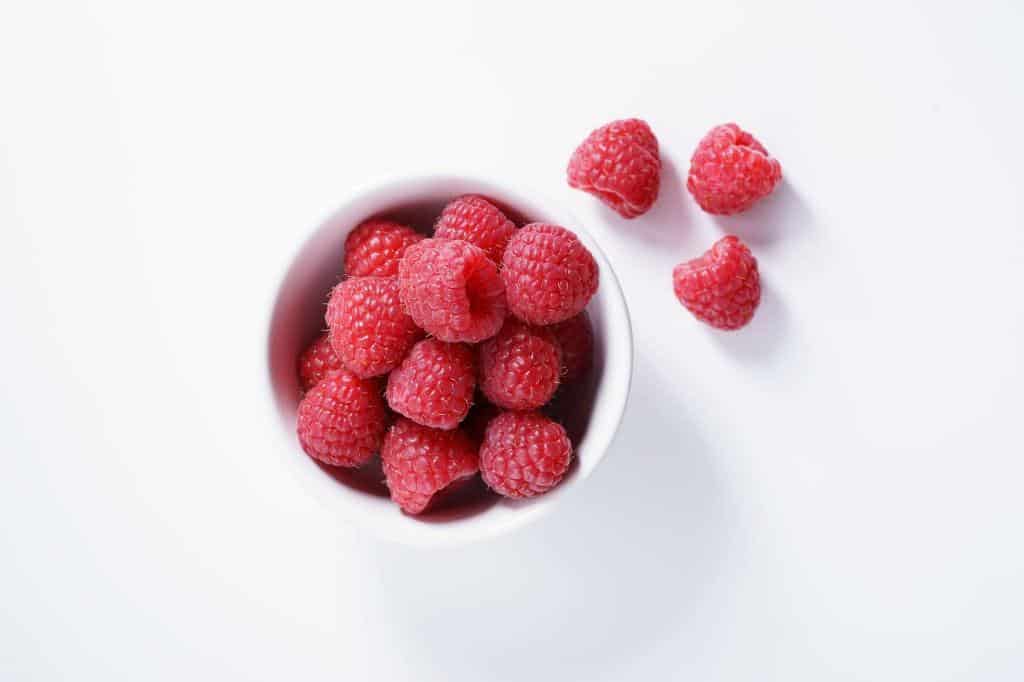
There’s nothing more disheartening than opening a fresh container of raspberries, only to find one of the berries covered in mold. Your immediate reaction might be to throw the entire container away, fearing that the rest of the raspberries have gone bad as well. But is that really necessary?
Can you still eat the rest of the raspberries if one has mold? Eating visibly moldy berries is not recommended, as it can be difficult to tell whether the rest of the package or other packages already have mold on them.
In this article, we’ll explore the science behind mold growth on raspberries and provide you with the answers you need to make an informed decision about whether to keep or toss that container of raspberries in your fridge.
So, before you say goodbye to those delicious berries, let’s dive into the topic and find out if one bad raspberry really does spoil the bunch.
The Spread of Mold in Raspberries
Mold spores are ubiquitous, meaning they can be found just about anywhere – on surfaces, in the air, and even in our food. Raspberries are no exception, and if one berry has mold, it’s possible that the spores have already spread to other berries in the container.
Mold thrives in moist and warm environments, which is why raspberries, with their delicate structure and high water content, are especially susceptible to mold growth.
When one raspberry has mold, it’s important to inspect the other berries for any visible signs of mold or soft spots. If you notice any other berries with mold, it’s best to discard the entire container to avoid any potential health risks. The mold spores can easily spread throughout the container and contaminate other berries, making it difficult to salvage the rest of the raspberries.
It’s also important to note that even if you don’t see mold on the other raspberries, there may still be mold spores present that are invisible to the naked eye. It’s best to err on the side of caution and discard the entire container if one raspberry has mold.
How To Inspect Raspberries for Mold
Raspberries are a delicate fruit that can easily develop mold if not handled properly. It is essential to inspect them before consuming them, as moldy raspberries can make you sick. Here are some tips for inspecting raspberries for mold:
- Look for visible signs of mold: Start by looking at the raspberries closely. Mold can appear in different colors such as black, white, gray, or green. If you see any signs of mold, discard the berry immediately.
- Check for soft or squishy spots: Mold may not always be visible, but it can still be present. Look for any soft or squishy spots on the raspberries, as these areas are more likely to have mold.
- Sniff the raspberries: Raspberries that are starting to mold will have a musty or sour smell. If you detect any unusual odor, it is best to discard the fruit.
- Inspect the container: Always check the container or package of raspberries before buying. Look for any signs of moisture or mold. If the container looks damp, it’s best to avoid purchasing it.
- Check the stems: The stems of raspberries can provide a good indication of the fruit’s freshness. If the stems are dry and brittle, the fruit is likely past its prime. If the stems are moist and pliable, the raspberries are fresher.
By following these simple tips, you can easily inspect raspberries for mold and ensure that you are consuming only fresh and safe fruit.
If One Raspberry Has Mold, Are the Rest Bad?
Raspberries are delicate fruits that are highly perishable, making them prone to mold growth. Once mold appears on one raspberry, it can easily spread to the other berries in the container. This is because mold spores are microscopic and can travel through the air, and they are particularly attracted to moist and warm environments, which is what raspberries provide.
When you notice one raspberry with mold, it’s important to carefully inspect the rest of the container to see if any other berries have been affected. Even if the mold is only on one raspberry, it’s best to assume that the mold spores have already spread to the other berries. This is because the mold can release tiny, invisible spores that can spread through the air, and these spores can land on other raspberries, even if they don’t have visible mold.
It’s important to understand that mold can produce harmful toxins called mycotoxins that can cause food poisoning and other health problems if consumed. These toxins can be present even if you can’t see the mold, which is why it’s best to discard the entire container if one raspberry has mold. This is especially important for people whose immune systems aren’t as strong because they are more likely to get sick from food.
Can You Still Eat Raspberry That Has Mold on It?
It’s not recommended to eat raspberries that have mold, even if you cut away the affected area. This is because mold can produce harmful toxins called mycotoxins that can cause food poisoning and other health problems if consumed.
These toxins can be present even if you can’t see the mold, which is why it’s best to discard the entire container if one raspberry has mold.
Furthermore, cutting away the moldy portion of the raspberry may not be enough to remove all the mold spores, which can spread to other parts of the fruit. Even if the mold is only on one raspberry, it’s best to assume that the mold spores have already spread to the other berries. This is because the mold can release tiny, invisible spores that can spread through the air and land on other raspberries, even if they don’t have visible mold.
Consuming moldy raspberries can lead to symptoms such as nausea, vomiting, diarrhea, and abdominal pain, and in some cases, it can even lead to more severe health complications. It’s always better to err on the side of caution and discard any raspberries that have mold to avoid any potential health risks.
Tips for Preventing Mold Growth in Raspberries
Raspberries are a delicious and healthy fruit, but they can quickly turn into a moldy mess if not handled properly. Here are some tips to help prevent mold growth and keep your raspberries fresh and tasty:
- Purchase fresh raspberries: When selecting raspberries, look for plump, firm, and bright-colored berries without any signs of mold or discoloration.
- Store in the refrigerator: Raspberries should be stored in the refrigerator at temperatures between 32-34°F. They are very sensitive to temperature changes, so keep them in the coldest part of your fridge.
- Don’t wash until ready to eat: Moisture can speed up the growth of mold on raspberries. So, it’s best to wait to wash them until just before eating or using them in a recipe.
- Use a dry paper towel: If you have to wash the raspberries before storing them, use a dry paper towel to gently pat them dry.
- Use a container with ventilation: Raspberries need airflow to stay fresh. Keep them in a container with ventilation holes or use a produce storage container specifically designed for berries.
- Check for mold regularly: Even with proper storage, raspberries can develop mold. Check your raspberries regularly and remove any moldy ones immediately to prevent the spread of mold to other berries.
- Freeze for longer storage: If you have too many raspberries, consider freezing them. Place them in a single layer on a baking sheet and freeze them until they are solid. Then, transfer them to an airtight container or freezer bag. Frozen raspberries can last up to 10-12 months in the freezer.



